As a wine connoisseur, there is nothing more disappointing than eagerly opening a still unopened bottle of wine only to discover it has gone bad.
Several factors can contribute to wine spoilage, including age, storage conditions, and exposure to air or light.
In this blog post, we will explore the signs and symptoms of wine spoilage, the impact of age on wine taste, and provide tips on proper wine storage to ensure your bottles are enjoyed at their best.
Short Summary
- We will look at factors like age, storage conditions, and exposure to air or light that can lead to wine spoilage.
- The common signs of spoiled wine include cork taint, oxidation, and bacterial contamination.
- How age affects wine taste, with young, aged, and vintage wines offering different flavor profiles.
- How proper wine storage, including temperature control, humidity, and darkness, is essential to maintain wine quality.
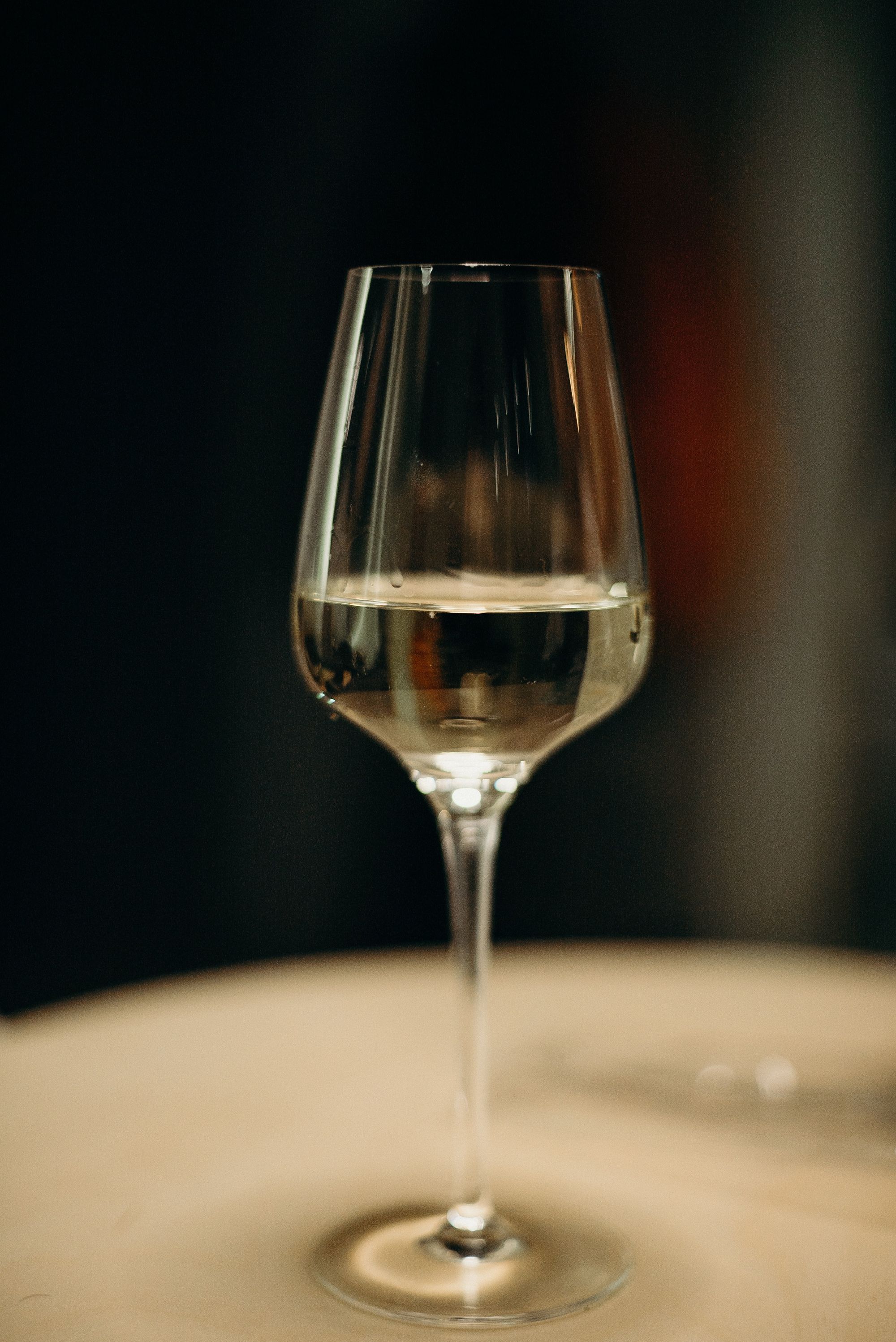
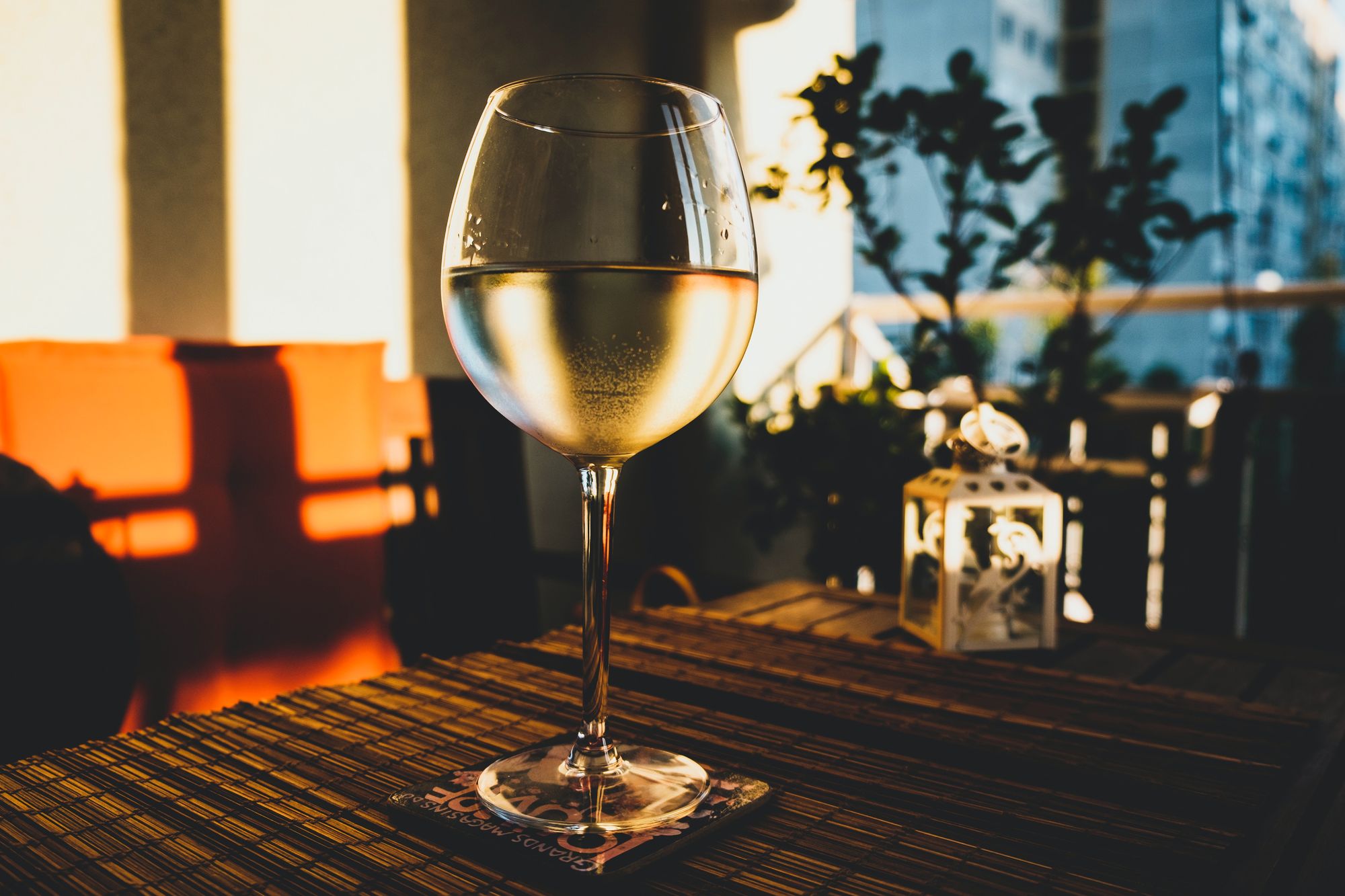
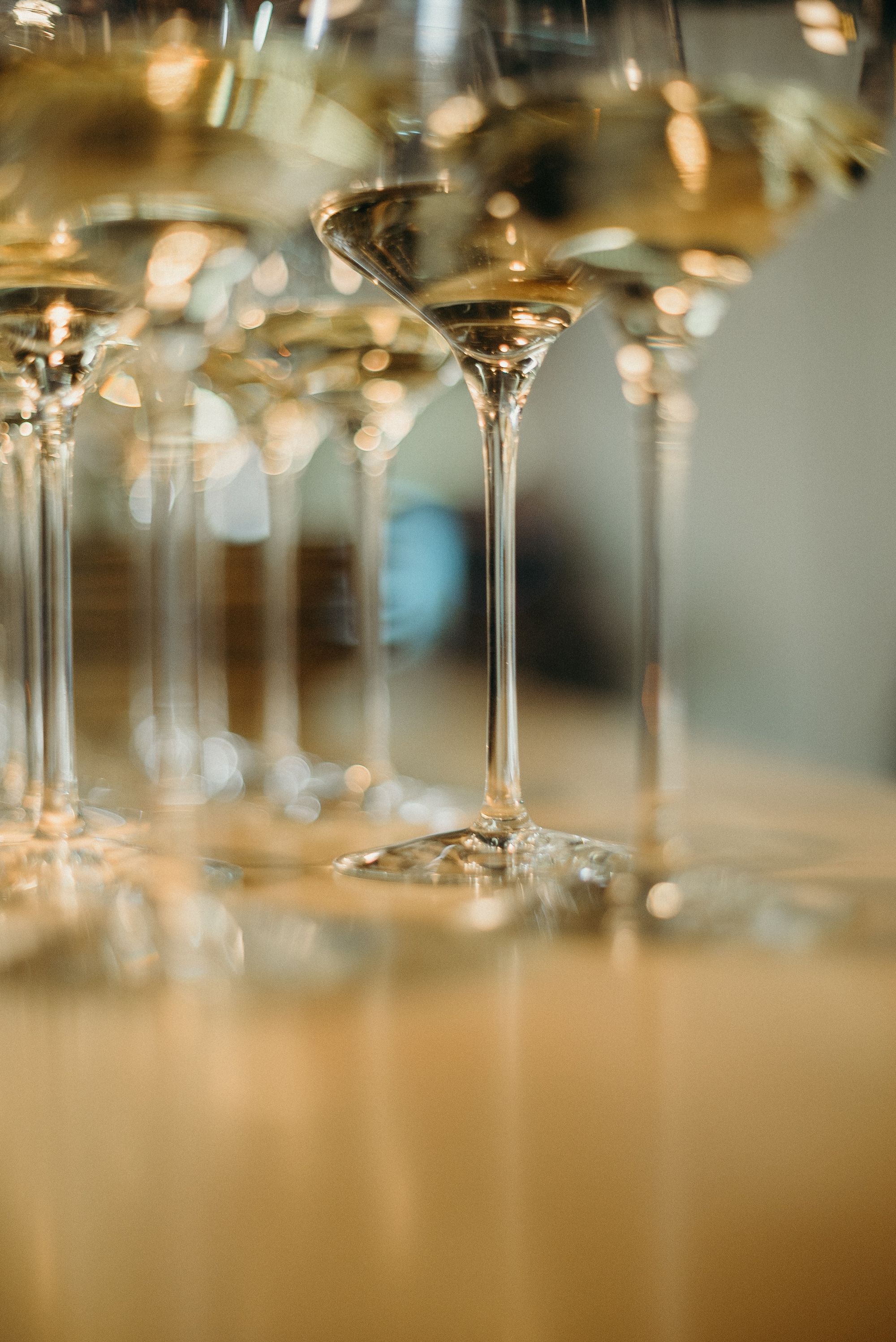
Factors that Cause Wine to Go Bad
Age: Wine is a delicate beverage that evolves over time. While some wines are meant to be consumed young, others improve with age. However, all wines have a limited lifespan. Over time, chemical reactions occur that can degrade the quality of the wine.
Storage Conditions: Improper storage conditions can accelerate the aging process or lead to spoilage. Factors such as high temperatures, exposure to light, and fluctuations in humidity can negatively impact the wine's flavor and aroma.
Exposure to Air or Light: Wine is susceptible to oxidation when exposed to air. Oxygen can interact with the wine, leading to the development of undesirable flavors and aromas. Exposure to light, especially ultraviolet (UV) light, can also degrade the wine and alter its character.
Signs and Symptoms of Wine Spoilage
Cork Taint: Cork taint is a common issue caused by a chemical compound called trichloroanisole (TCA).
It imparts a musty or moldy smell to the wine. Detecting cork taint can be done by smelling the wine before tasting.
Oxidation: When exposed to air, wine can become oxidized, resulting in a loss of freshness and vibrant flavors. Oxidized wine may exhibit a brownish or amber color, along with a flat taste and aroma.
A quick sniff can often reveal if a wine has been oxidized.
Bacterial Contamination: Bacterial contamination can lead to the formation of unpleasant aromas, such as vinegar (acetic acid) or rotten egg-like smells.
Tasting the wine can help identify bacterial contamination as the off-putting flavors will be apparent on the palate.

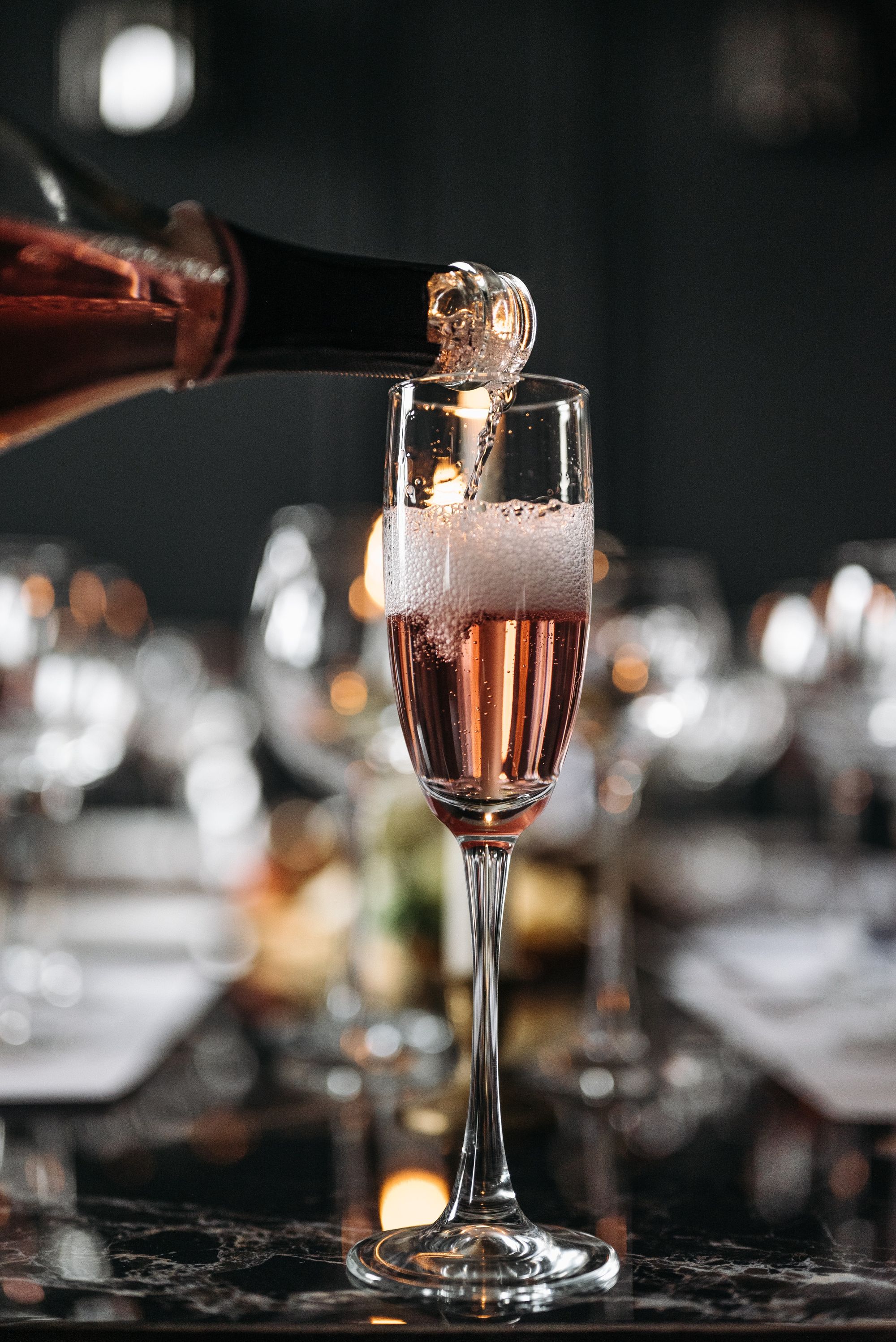

The Impact of Age on Wine Taste
Young Wines: Young wines are typically consumed within a year or two after bottling. They are known for their vibrant and fruity flavors.
These wines are best served slightly chilled and are ideal for casual occasions and lighter meals.
Aged Wines: Aged wines have spent several years maturing in bottle or oak barrels. They often exhibit complex flavors and aromas, with smoother tannins.
Aged wines are best decanted and served at cellar temperature to allow their nuances to shine.
Vintage Wines: Vintage wines are made from grapes harvested in exceptional years. These wines are renowned for their quality and are typically more expensive.
Vintage wines often require additional aging to reach their peak, but when enjoyed at the right moment, they offer unmatched depth and character.
Tips to Avoid Buying Old or Spoiled Wine
Read Labels: Wine labels provide valuable information about the wine's vintage, grape variety, and sometimes, suggested drinking windows.
Pay attention to the bottling date and consider the wine's expected lifespan.
Seek Expert Advice: Whether consulting a sommelier at a restaurant or talking to the knowledgeable staff at a wine store, seeking guidance from experts can help ensure you choose a quality bottle.
They can recommend wines suitable for immediate consumption or advise on aging potential.
Check Online Wine Reviews: Utilize online platforms and resources to read reviews from trusted wine critics or fellow serious wine drinkers and enthusiasts.
These reviews can provide insight into a wine's aging potential, flavor profile, and current availability in the market.
It's always helpful to gather information from reliable sources before making a purchase.
Wine Faults and What They Are
What is a wine fault? Wine faults refer to undesirable characteristics or flaws that can occur in wine, affecting its taste, aroma, and overall quality.
These faults can arise during various stages of winemaking, from grape cultivation to bottling and storage.
Wine faults can be caused by factors such as microbial contamination, improper storage conditions, or winemaking techniques.
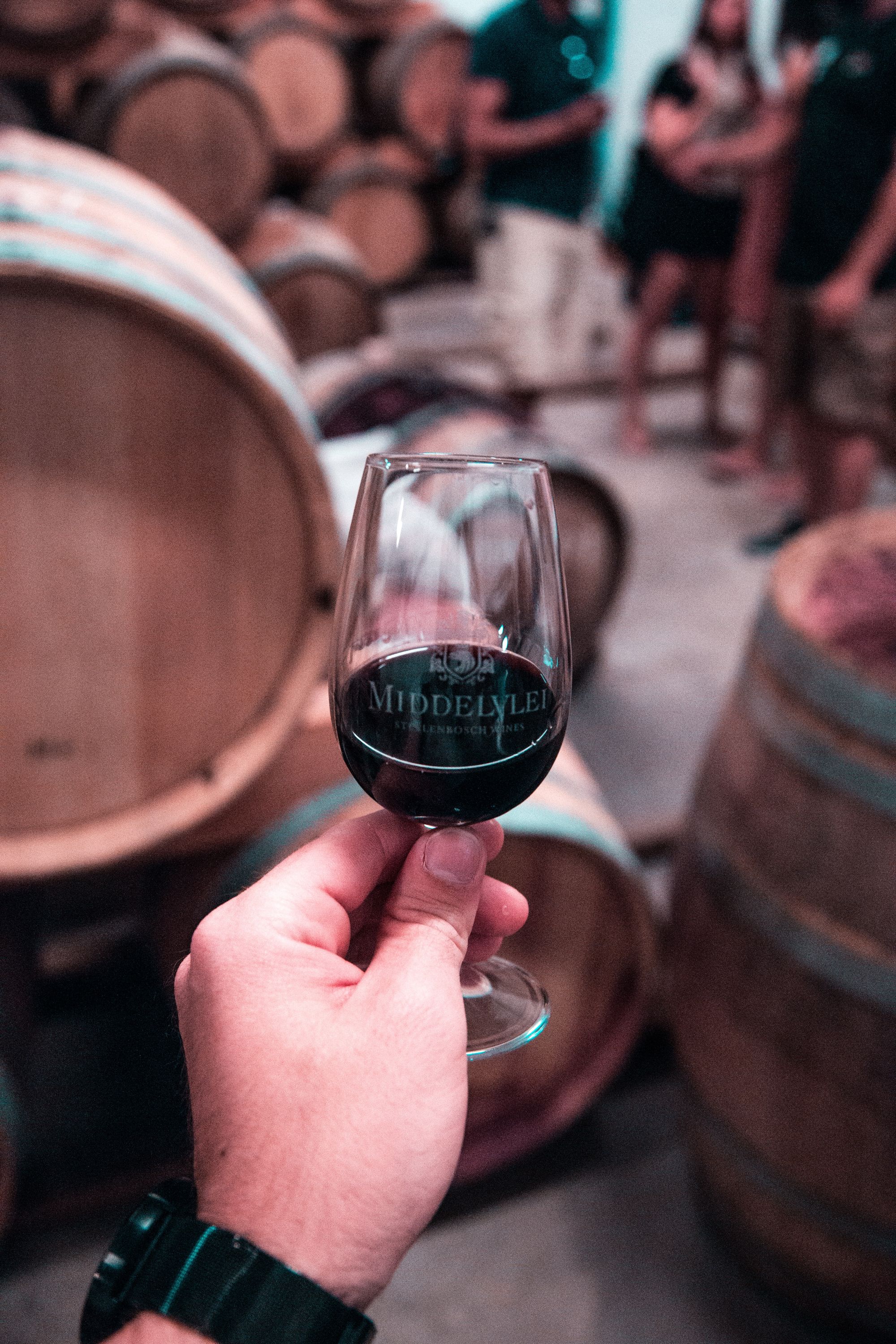
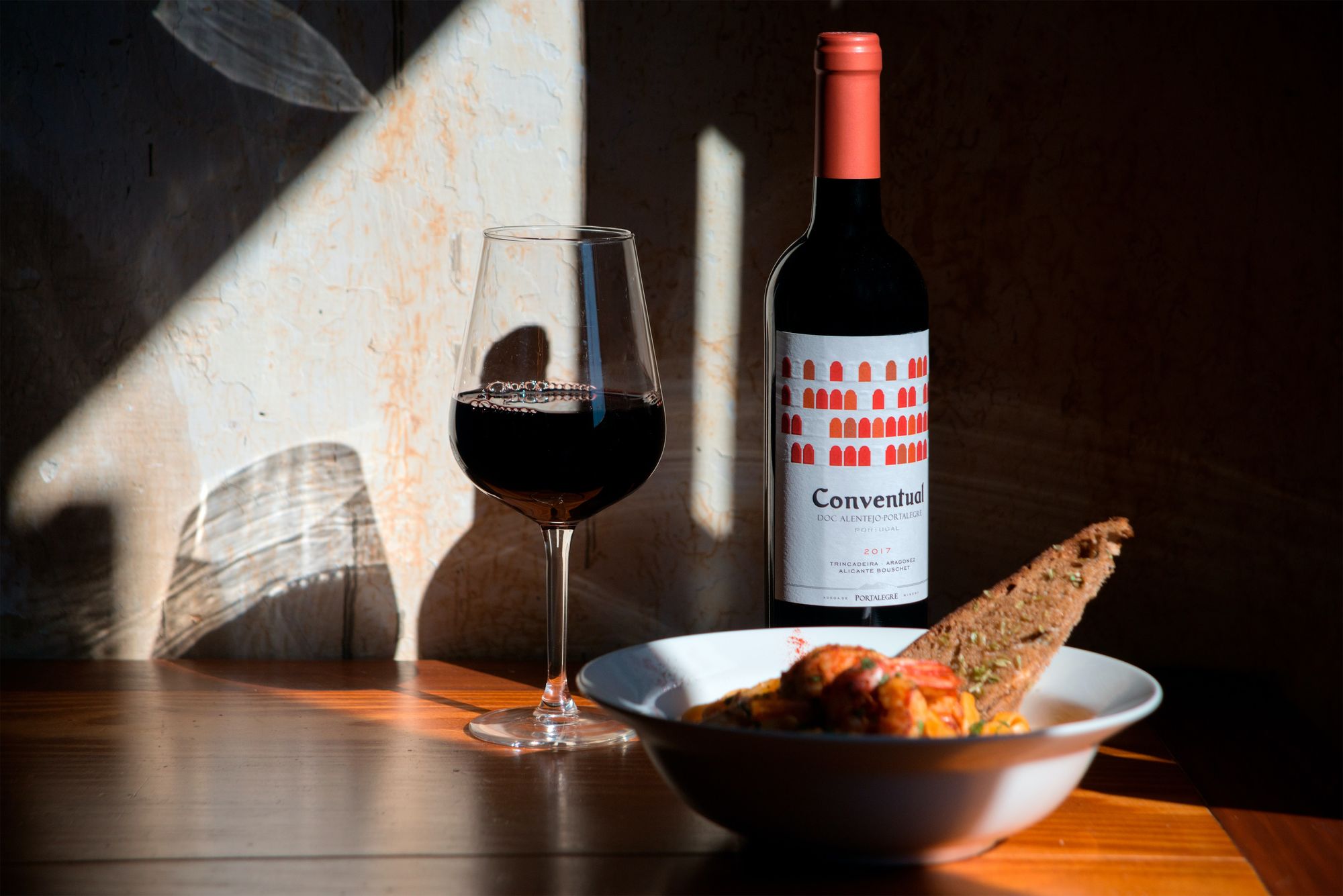
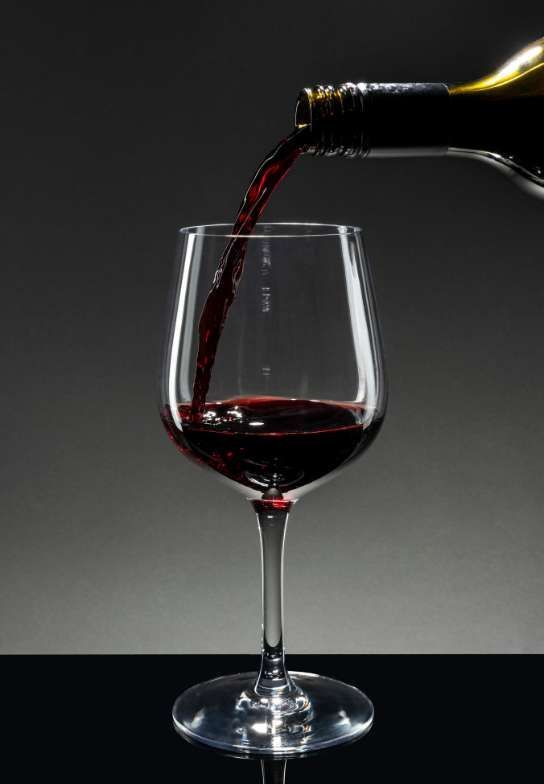
Proper Wine Bottle Storage
To protect your wine investment and maintain its quality, it is crucial to store it correctly. Here are some tips for proper wine storage:
Temperature
Wine should be stored at a consistent temperature between 50°F (10°C) and 59°F (15°C).
Avoid storing wine in areas prone to extreme heat or cold, such as near radiators, refrigerators, or windows. Fluctuations in temperature can damage the wine and accelerate aging.
Humidity
Wine prefers a moderately humid environment, ideally between 50% and 70% humidity. Higher humidity prevents corks from drying out and allows excessive oxygen exposure.
However, avoid excessive humidity that can promote mold growth. A wine cellar or a dedicated wine refrigerator can help maintain suitable humidity levels.
Darkness
Wine is sensitive to light, especially UV light. Exposure to sunlight or artificial light can result in the premature aging of wine and the development of off-flavors.
Store unopened wine in a dark area or use wine storage solutions that offer UV protection, such as tinted glass or cellar storage.
Horizontal Storage
For wines sealed with a cork, horizontal storage is recommended. This position keeps the cork moist and prevents it from drying out, which could lead to air exposure and spoilage.
However, wines sealed with alternative closures like screw caps or synthetic corks can be stored upright.
Avoid Vibrations
Vibrations can disturb the sediment in aged wines and negatively impact their flavor.
Store wine away from appliances, heavy traffic areas, or any source of constant movement.
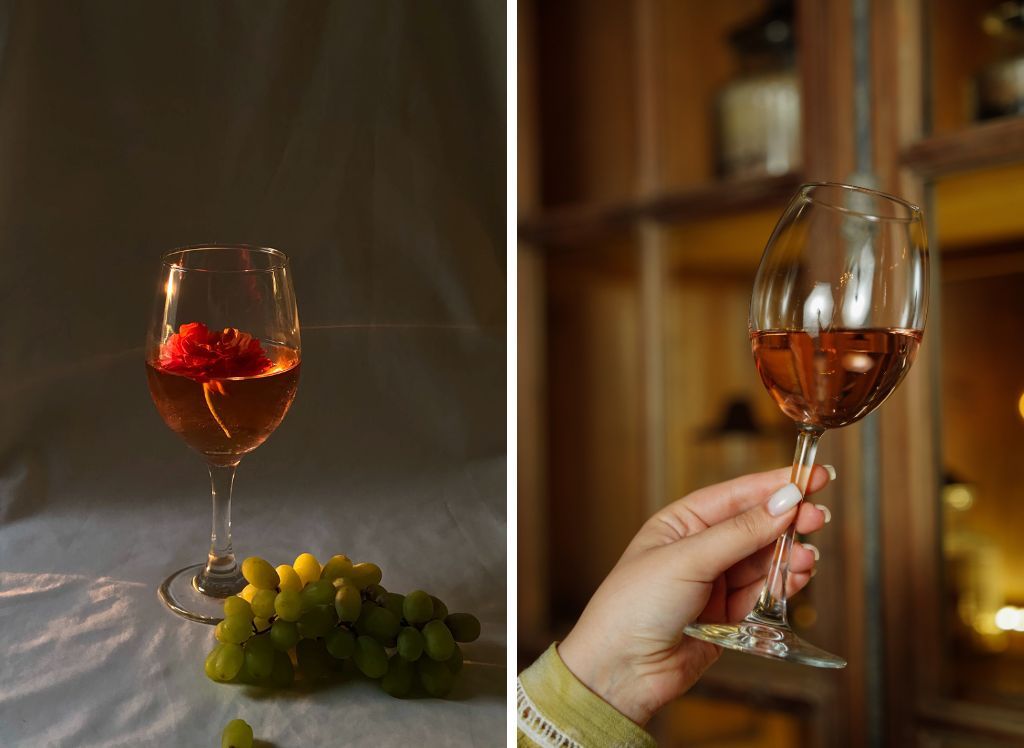
Signs of Bad or Spoiled Wines
To determine if sparkling wine, dessert wine, white or red wines are bad or spoiled, look for these signs:
Sparkling Wine:
- Lack of bubbles or fizziness upon opening
- Off-smell or aroma
- Flat or dull taste
Dessert Wines:
- Unpleasant or rancid smell
- Discoloration or haziness
- Sweetness that seems overpowering or imbalanced
Red Wine and White Wines:
- Unpleasant or vinegar-like smell
- Discolored or cloudy appearance
- Off taste, such as a sour or flat flavor
Fine Wine:
- Musty or moldy smell
- Noticeable off-flavors
- Flat or stale taste
- Loss of vibrant aromas
- Altered or over-ripe flavors
Remember that these are general indicators, and individual preferences can vary. When in doubt, it's best to consult a wine expert or sommelier for a more accurate assessment.
Frequently Asked Questions
How can you tell if wine is spoiled?
The best way to tell if wine is spoiled is by smelling and tasting it. If the wine has an off-putting smell or taste, it could be a sign that it has gone bad. Additionally, if the wine has a cloudy appearance, smells of vinegar, or has a slimy coating on the inside of the bottle, it is likely you drink spoiled wine.
How do you tell if a bottle of wine is bad without opening it?
It can be difficult to tell if a bottle of wine is bad without opening it, but there are a few signs that can help you identify a bad bottle:
First, look at the bottle and make sure there is no visible damage to the bottle or leftover wine itself. If there is any discoloration, cloudiness, or sediment, the wine could be bad.
Next, check the cork. If it is damp or has any discoloration, this could be a sign that the corked wine bottle has been exposed to too much heat or moisture, which can ruin the wine.
Finally, if you can smell the wine from the bottle, it should smell like wine. If it smells sour, vinegary, or musty, it could be bad and should not be consumed.
What happens if I drink bad wine?
If you drink wine that is bad, it can cause a variety of unpleasant symptoms, including stomach pain, nausea, vomiting, and headaches. In some cases, it can also lead to more serious health issues, such as food poisoning. It's important to note that bad wine can also contain potentially harmful bacteria, which can cause food poisoning if ingested. To avoid these risks, it is always best to purchase wine from a reputable source and to store it properly.
In search of a wine cooler? Explore our Best Wine Fridge recommendations to find the perfect fit for your unique requirements.
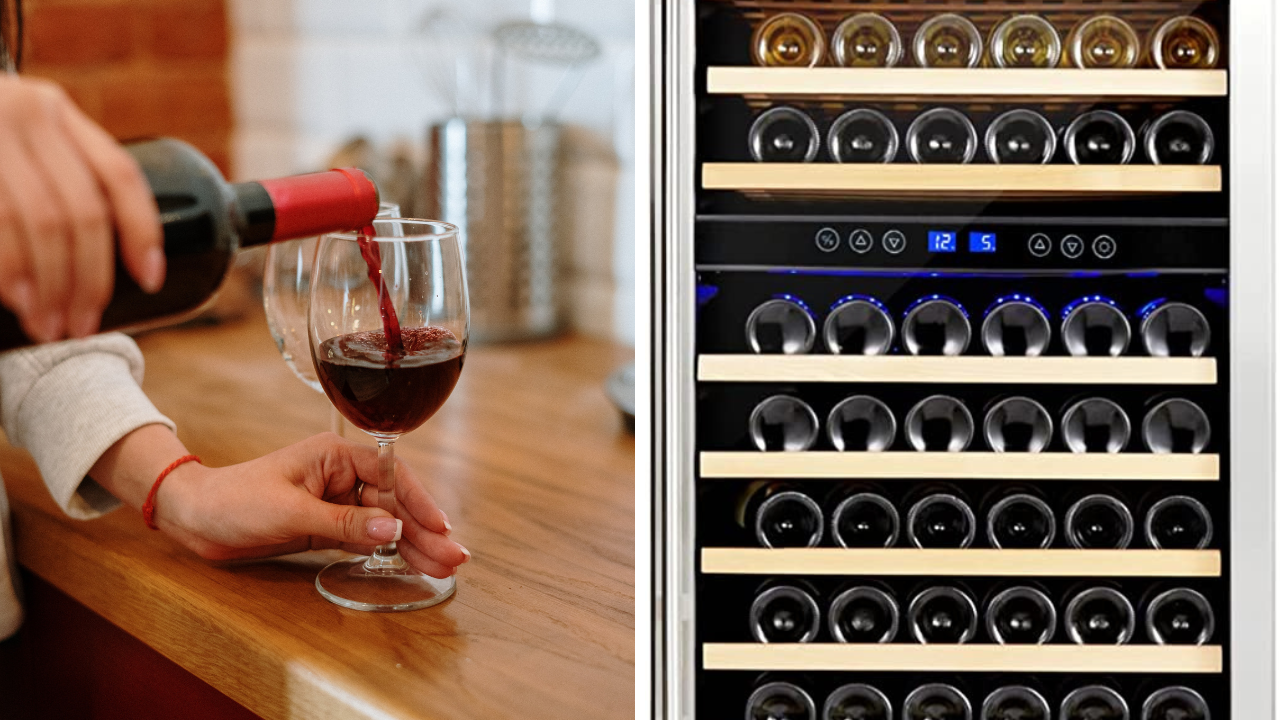
If you are tight on space, then check out our article on the Best Slim Wine Fridges.
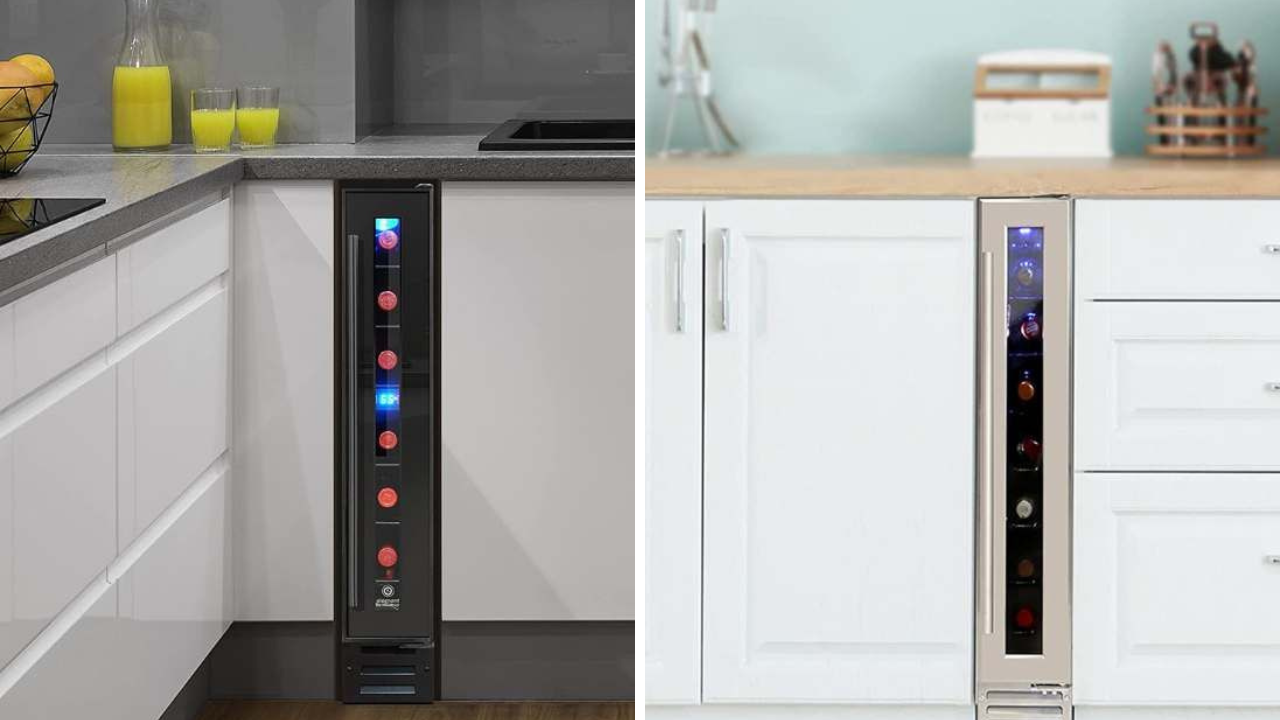
We also have our top picks for the best under counter wine fridge you might want to check out.
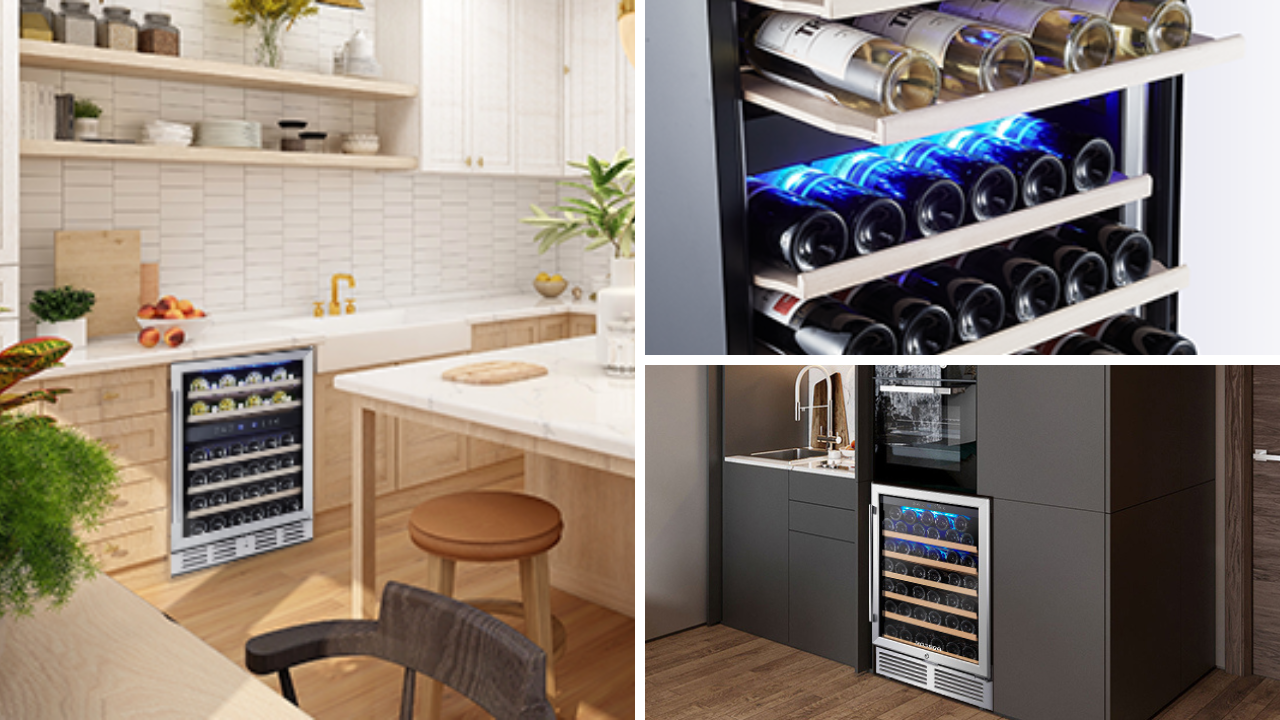
If you have a large wine collection then check out our article on the best large wine fridge.
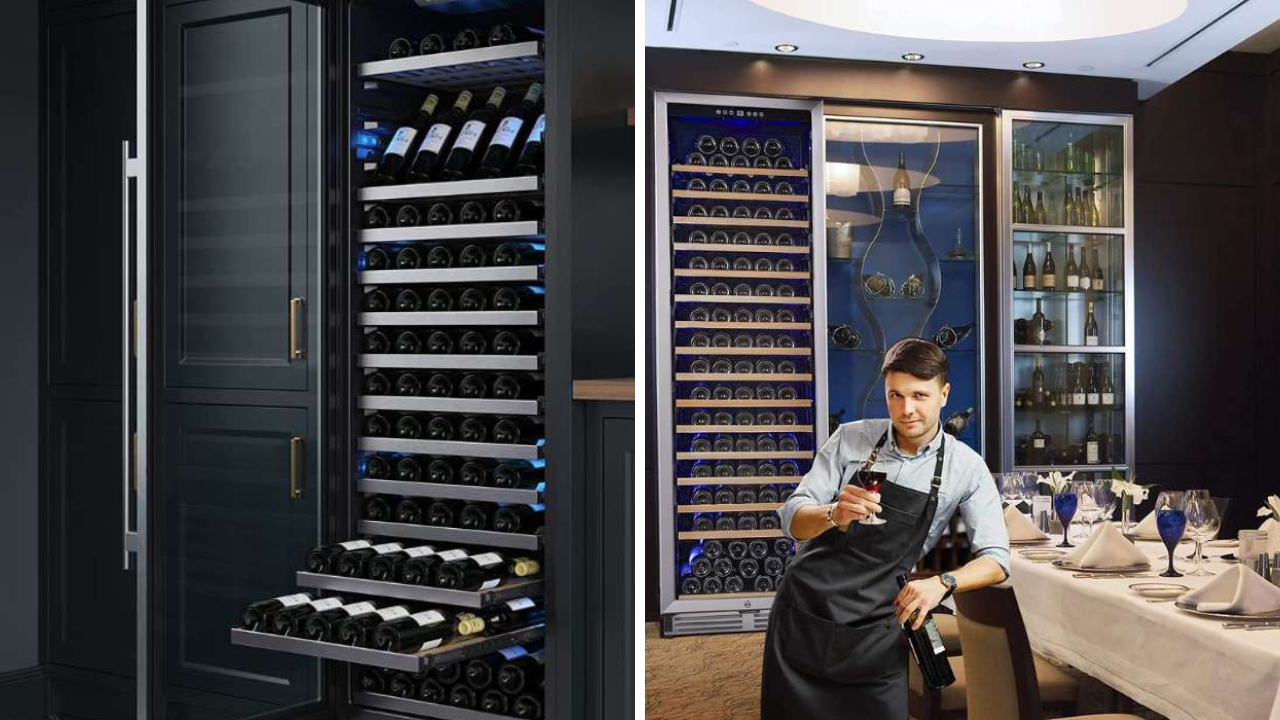
Summary
Being able to identify if a wine has gone bad is essential for any wine enthusiast. Factors such as age, storage conditions, and exposure to air or light can impact the quality of the wine.
By familiarizing yourself with signs of spoilage like cork taint, oxidation, and bacterial contamination, you can avoid disappointing experiences. Furthermore, understanding the impact of age on wine taste allows you to appreciate different styles and serve them appropriately.
Lastly, proper wine storage, including temperature control, darkness, and humidity, ensures that your wine remains in optimal condition for the most enjoyable experience possible.
So, raise your glass to a world of fine wines, and may every sip be a delight to your senses!










